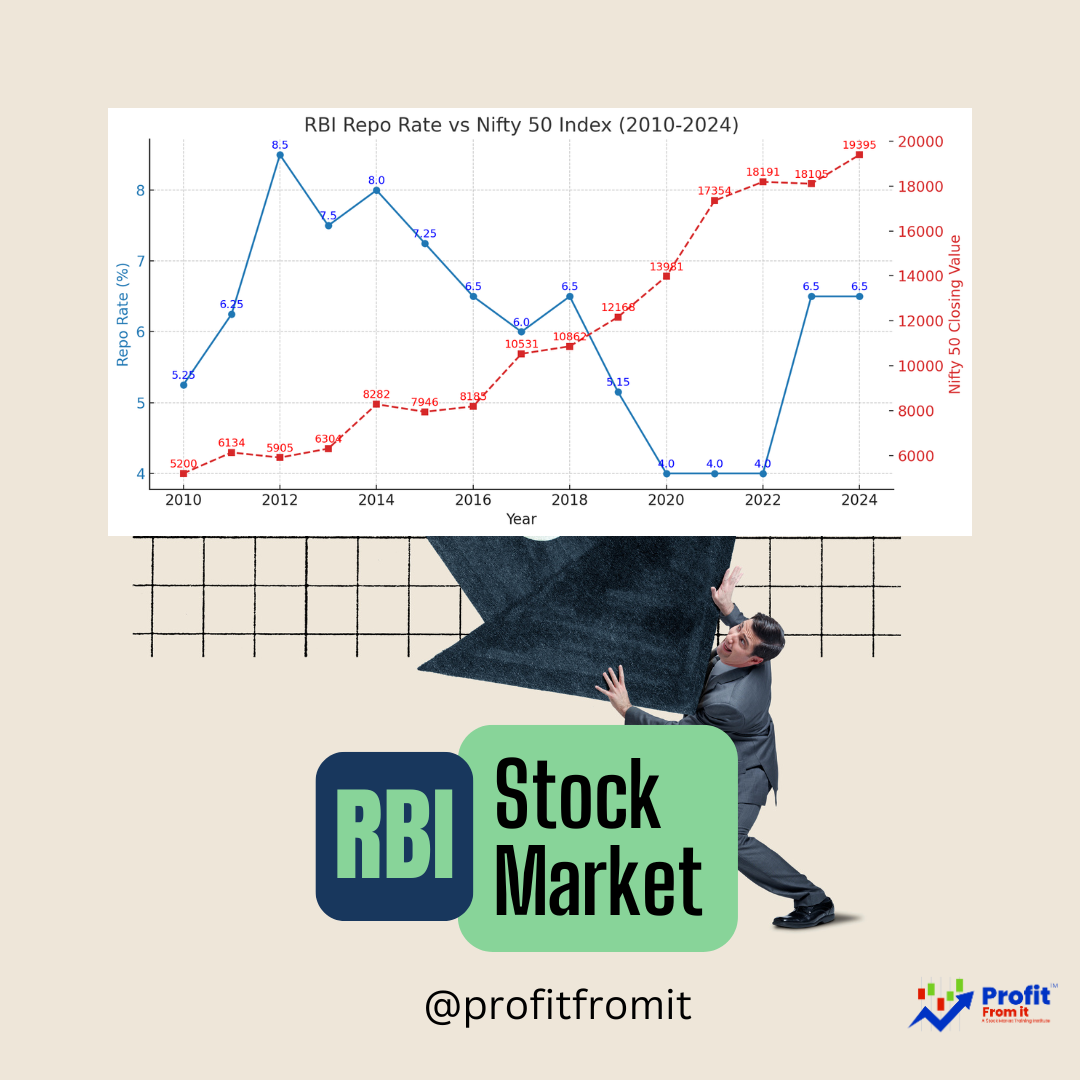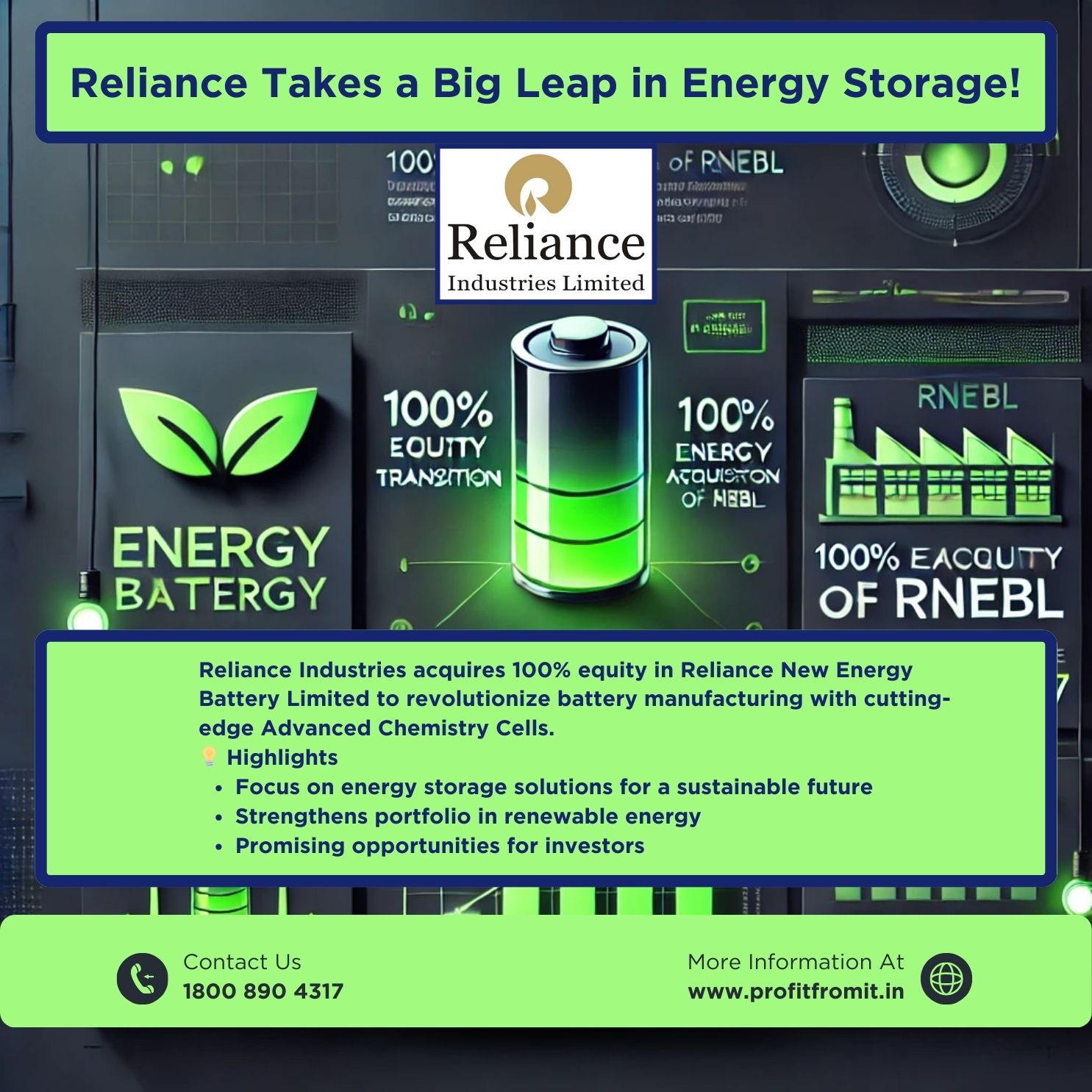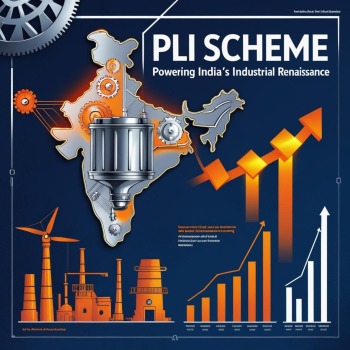
🚀 PLI Scheme 2025: A Game-Changer for India’s Manufacturing & Stock Market
The Production Linked Incentive (PLI) Scheme is no longer just a government policy – it’s a structural shift in India’s economy. With an outlay of ₹1.97 lakh crore, the scheme covers 14 critical sectors, driving investments, boosting exports, and creating jobs.
For investors, this means opportunities to ride multi-decade trends in manufacturing, clean energy, and technology. Let’s break it down 👇
🔹 Impact on Industries
🔧 Electronics & Mobile Manufacturing
India is now the 2nd largest mobile phone manufacturer globally.
Production grew 146% (₹2.13 lakh crore in FY21 → ₹5.25 lakh crore in FY25).
Export-oriented growth = 📈 rising forex inflows.
🚗 Automobiles & EVs
Investments worth ₹67,690 crore, with over 28,884 jobs created.
Government focus is on EVs & green mobility under PLI + FAME.
This sector is gearing up for double-digit growth in EV adoption.
💊 Pharma & APIs
India turned from a net importer of raw pharma material → net exporter (₹2,280 crore surplus in FY25).
Domestic value addition: 83.7%
Huge long-term play in biotech, APIs, bulk drugs.
☀️ Renewables & Solar PV
Investments: ₹48,120 crore
Nearly 48 GW of integrated solar manufacturing capacity to be created.
Direct jobs: 38,500+
Critical for India’s aim of net-zero by 2070.
🖥️ Semiconductors & Chips
6 ongoing projects + 4 new fabs approved.
Focus: Odisha, Punjab, Andhra Pradesh → becoming chip clusters.
Aim: Full semiconductor ecosystem by 2030.
🔹 Impact on Companies
Electronics (Mobiles & Hardware):
📱 Companies like Dixon, Foxconn, Lava, and global giants (Samsung, Apple suppliers) benefit.Automobiles (EV Push):
🚘 Tata Motors, Mahindra & Mahindra, Maruti Suzuki, Bharat Forge, Bosch – likely winners in AAT (Advanced Automotive Tech).Pharma:
💊 Sun Pharma, Aurobindo, Biocon, Dr. Reddy’s → boosted by raw material self-reliance.Solar & Renewables:
☀️ Adani Green, Reliance New Energy, Waaree Energies, Tata Power Solar – gain from solar PLI.Semiconductors:
🔌 Vedanta-Foxconn, Micron India, and upcoming state-led fab projects could emerge as future wealth creators.White Goods:
🏠 Havells, Voltas, Dixon, Amber Enterprises → shift from assembling to high-value component production.
🔹 Upcoming Years: Stock Market & Economy Outlook 📈
✅ Short-Term (1–2 years):
Boost for capital goods & manufacturing companies.
Volatility in execution – stock selection crucial.
✅ Mid-Term (3–5 years):
Export-oriented growth & FDI inflows → stronger rupee over time.
Supply chain clusters (semiconductors, textiles, auto parts) will create local champions.
✅ Long-Term (5–10 years):
PLI can raise India’s manufacturing contribution to 25% of GDP.
Potential re-rating of Indian manufacturing & tech stocks.
MSME growth via supplier/vendor networks.
🌟 Long-Term Structural Impact
Shift from imports to self-reliance ✅
12 lakh jobs already created 👷♂️
₹16.5 lakh crore sales from PLI companies so far 🏭
Attracting FDI in global value chains 🌍
Bottom line for investors:
📌 The PLI scheme is building sunrise sectors (EVs, chips, green energy, electronics). Long-term investors should watch sector leaders & suppliers as potential multi-baggers.
⚠️ Disclaimer for Blog
This article is for educational purposes only and reflects general market analysis. It should not be considered as investment advice. Stock markets are subject to risks, and investors should do their own research or consult financial advisors before making investment decisions.
PLI Scheme impact on stocks
PLI Scheme 2025 sectors
India manufacturing growth stocks
EV and semiconductor stocks India
Long-term stock market opportunities in PLI

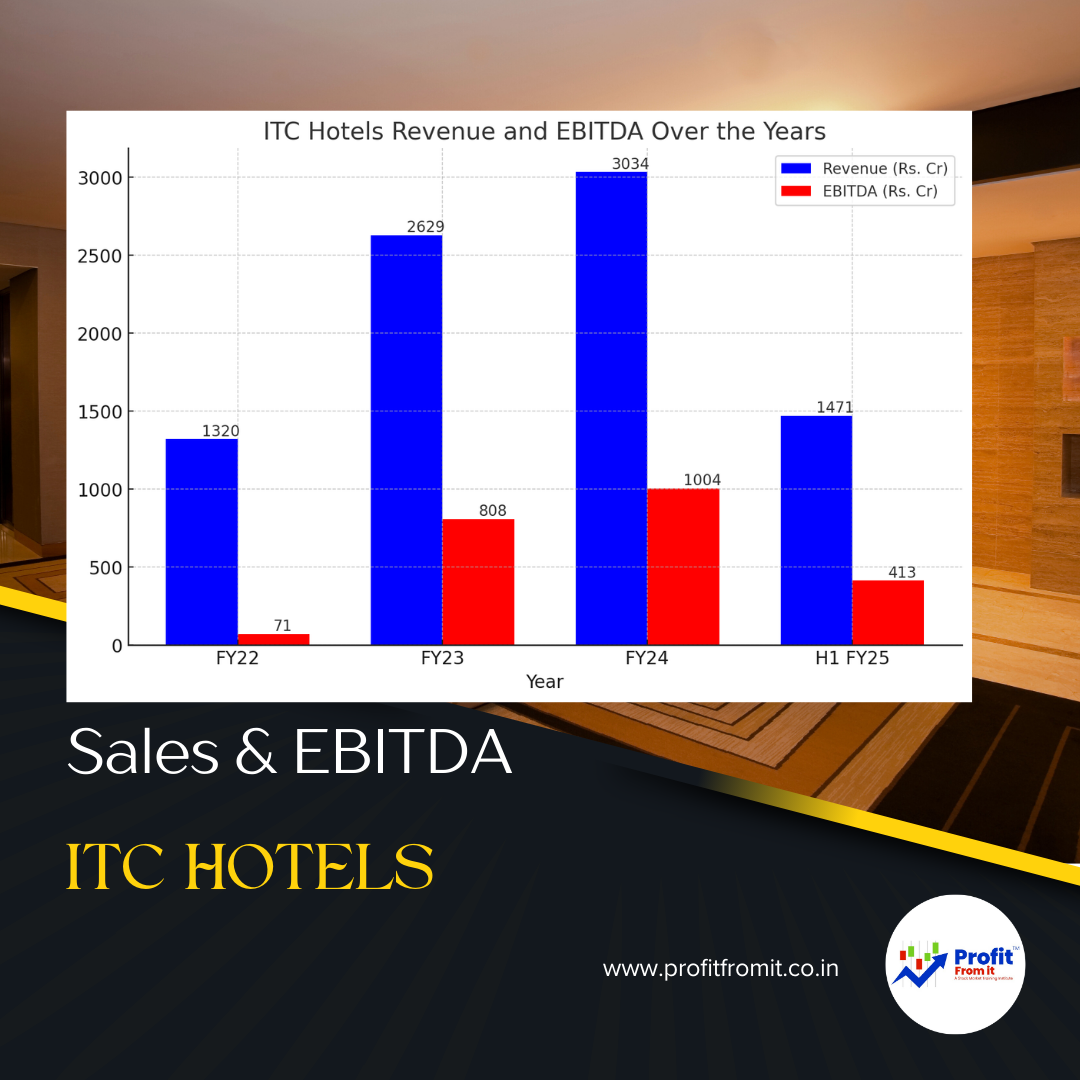
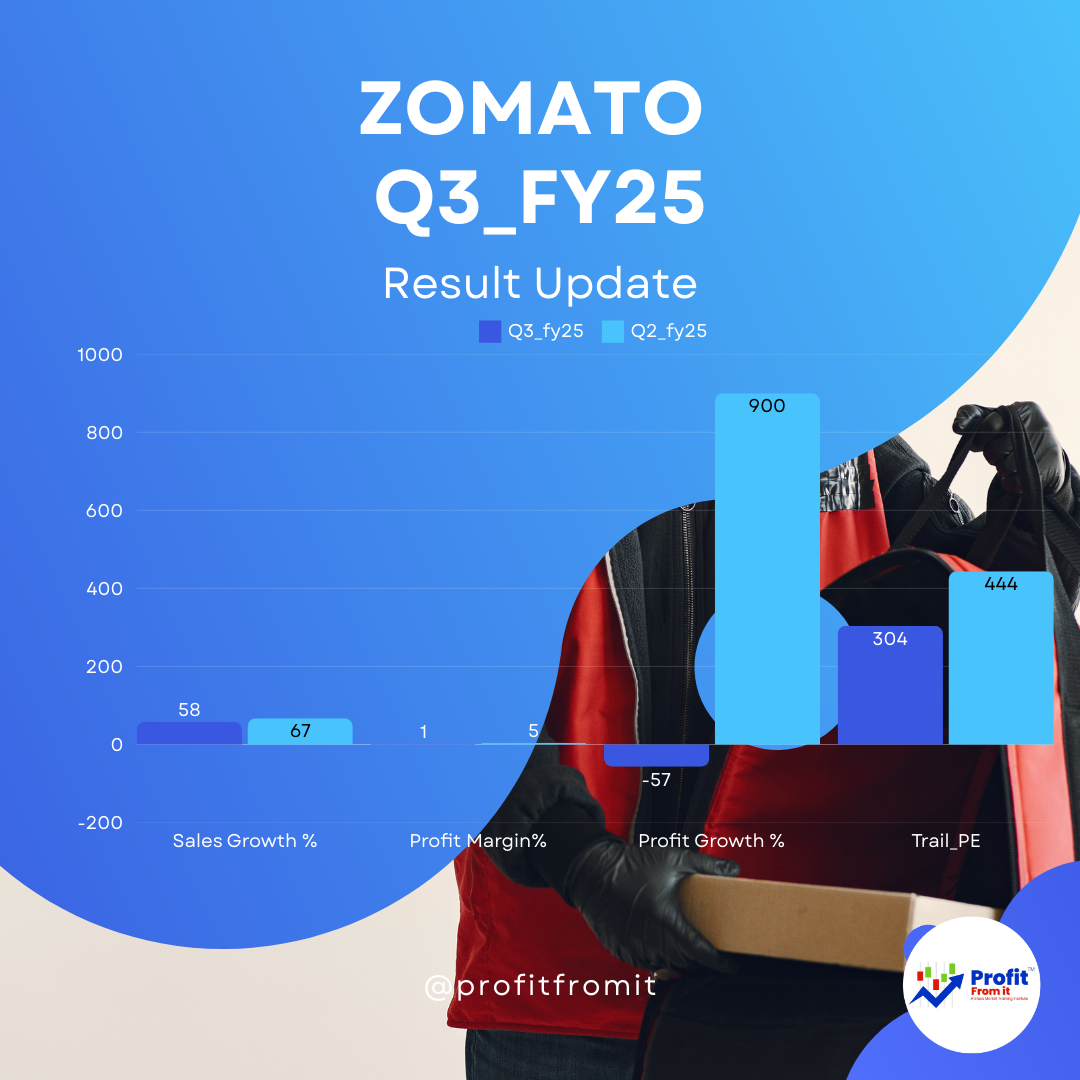
 for Investors The provided chart outlines key metrics for Nifty 500 companies across different periods (FY22 t.png)
